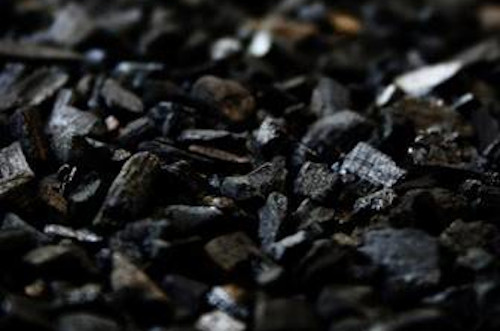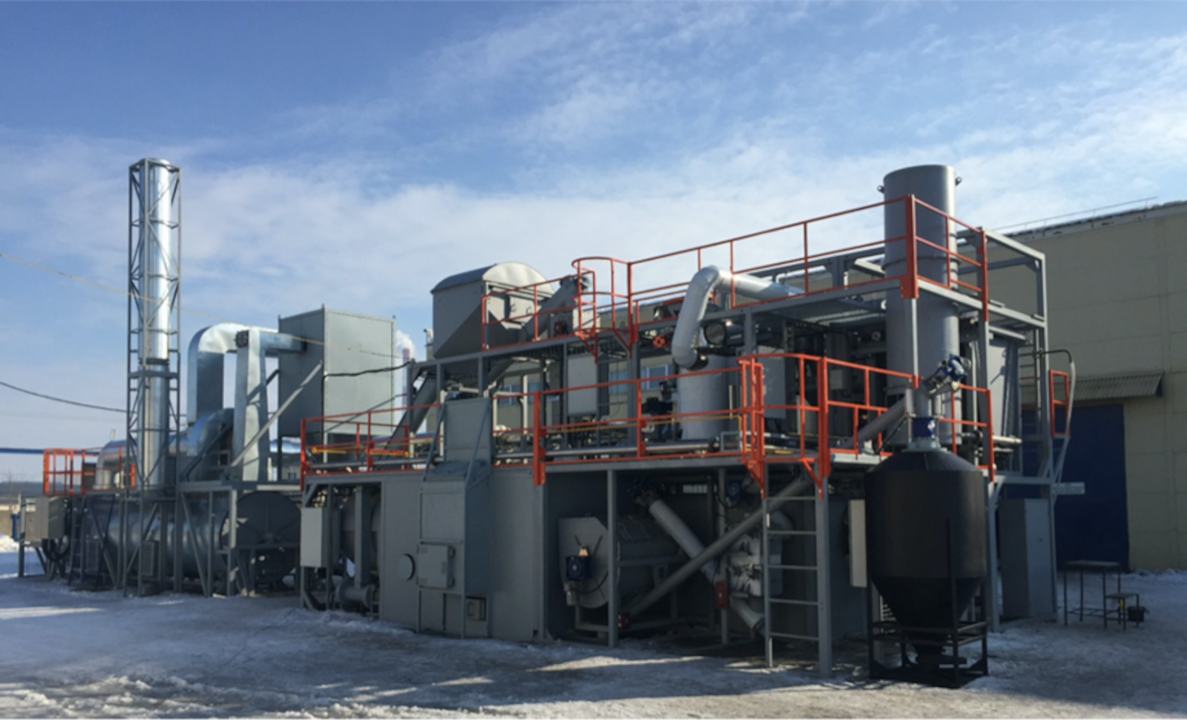Closing Product Lifecylce with Innovative Technology
Pyrolysis
The pyrolysis of biomass differs from processes such as gasification or incineration. It takes place solely through the influence of heat and without the addition of oxygen.
Pyrolysis is the thermal decomposition of a material in the absence of oxygen. Depending on the process, valuable raw materials such as pyrolysis charcoal, pyrolysis oil and gas are produced.
How does Pyrolysis work?
A pyrolysis plant is designed for the thermochemical processing and utilization of biomass and other organic polymeric wastes to produce liquid and organic products as well as fine char.
There are various types of pyrolysis technologies, but the process is always the same:
The heart of each plant is the reactor. Here, heat is used to thermally crack the dry feedstock, excluding oxygen. At the microscopic level, organic compounds are split and large molecules are broken down into smaller ones without combustion due to the exclusion of air. Far less CO₂ and energy is released from the feedstock, which leads to new energy-rich reaction products. A vapor-gas mixture and fine coke is produced.
In the following step, the mixture is separated from the charring dust. During a cooling process, the condensation of the mixture separates the liquid pyrolysis products (bio-oil) from the flammable gases.
Together with our partners we provide an unique solution in both slow and fast pyrolysis technology based on the products requirements (Bio-Char, Bio-fuel, Bio-Tar and Wood Vinegar). These compact systems can be extended by further modules and easily skid mounted and shipped.

In biomass pyrolysis, the cell wall components cellulose, hemicellulose and lignin are broken down by cleavage reactions. They react differently depending on the temperature level and duration of the reaction and thus determine the yield of solid, liquid and gaseous products.
Pyrolysis Products
The use of raw and residual materials is an important component towards a bio-based economy that protects the environment, climate and resources. With pyrolysis it is possible to process various types of feedstock to produce energy-rich products, that can be further used. These Products are:
- Coke:
The solid pyrolysis products depend on the input material and the pyrolysis process. This fine coke and char is excellent for briquetting, energy use, as sorbents, as well as for usage in agriculture - Pyrolysis Oil:
The liquid pyrolysis products are non-polar and can be used as alternativ fuel or further refinded to produce biodiesel fuel (depending on the input material) - Pyrolysis Gas:
The resulting non-condensable pyrolysis gas is mostly consumed by the pyrolysis plant to generate heat energy for the process.
Production of Biochar
For producing the highest amount of solids, lower temperatures and longer residence times are used during the pyrolysis process. This is called Slow Pyrolysis.
First the biomass is prepared by drying and mechanical comminution. Wood, which is the main used biomass, begins to degrade (carbonize) above 270 °C. At around 400 °C the pyrolytic decomposition takes place for several hours.
Without air supply, far less CO₂ and energy is released from the feedstock, which leads to new energy-rich reaction products: bio-char and bio-gas emerge. The process energy needed for the temperatures can covered by the combustion of the gaseous reaction products.
Because of the lower temperatures and the long residence time, 25-35% of the yields is biochar.

Biochar is defined as a charcoal-like by-product produced during the thermal conversion of biomass to energy. This is done by Pyrolysis, where biomass is converted under restricted oxygen supply into a mixture of solids (biochar), bio-oil, and gas products
Biochar plays a huge role in low-carbon energy because the amount that is released by converting biomass to biochar and further to energy was previously bound during the growth process of the biomass. Therefore the emission is close to zero and the resulting biochar is seen as a valuable by-product for both carbon sequestration and soil health benefits.

